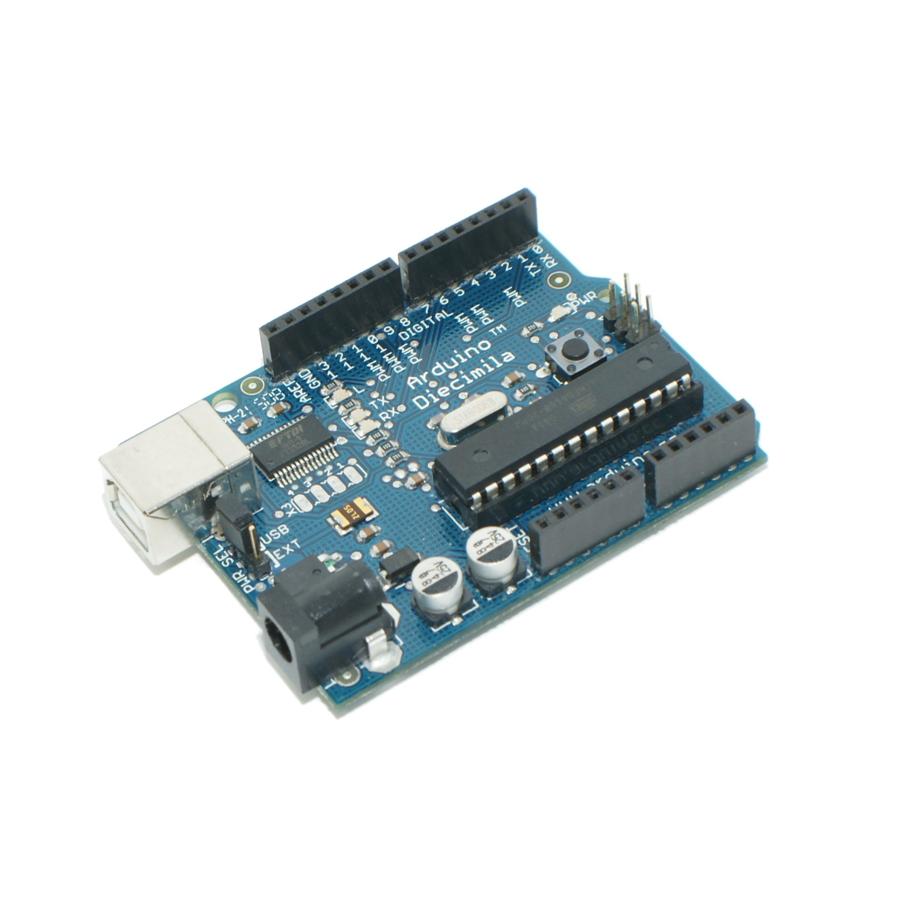Difference between revisions of "CSC270 Homework 11 2016"
(→Problem 1) |
|||
| (5 intermediate revisions by the same user not shown) | |||
| Line 1: | Line 1: | ||
--[[User:Thiebaut|D. Thiebaut]] ([[User talk:Thiebaut|talk]]) 09:31, 16 April 2016 (EDT) | --[[User:Thiebaut|D. Thiebaut]] ([[User talk:Thiebaut|talk]]) 09:31, 16 April 2016 (EDT) | ||
---- | ---- | ||
| − | + | <br /> | |
| + | {| | ||
| + | | | ||
| + | <bluebox> | ||
| + | This homework is based on the Arduino (Diecimilia) and contain two simple experiments you will have to implement and report on. | ||
| + | You can work in pairs. If you do, make sure both names appear on your pdf. The deadline is Thursday 4/28/16 at 11:55 p.m. | ||
| + | </bluebox> | ||
| + | <br /> | ||
| + | __TOC__ | ||
| + | | | ||
| + | <videoflash>t9aThGH4bHI</videoflash> | ||
| + | <br /> | ||
| + | With thanks to Emma Gould for the video. | ||
| + | |} | ||
| + | <br /> | ||
| + | <br /> | ||
=Problem 1= | =Problem 1= | ||
<br /> | <br /> | ||
| + | [[Image:ArduinoDecimilia.jpg|300px|right]] | ||
Take the traffic-light problem of [[CSC270 Lab 11 2016| Lab 11]], and add a potentiometer that will define how fast the lights blink. The fastest blinking will be ''roughly'' 1 KHz, and the slowest ''roughly'' 1 Hz. | Take the traffic-light problem of [[CSC270 Lab 11 2016| Lab 11]], and add a potentiometer that will define how fast the lights blink. The fastest blinking will be ''roughly'' 1 KHz, and the slowest ''roughly'' 1 Hz. | ||
<br /> | <br /> | ||
| Line 16: | Line 32: | ||
=Problem 2= | =Problem 2= | ||
<br /> | <br /> | ||
| − | This problem uses the same hardware as for Problem 1, so you won't have to | + | This problem uses the same hardware as for Problem 1, so you won't have to add anything new. You just write a different sketch and change a few wires. |
<br /> | <br /> | ||
The behavior of your project should be similar to the behavior you had to code in the lab, except that now, when the red light blinks, it does so by fading in and out. Watch this [https://youtu.be/qLAi7hkDuYw?t=5m15s YouTube video] to see what I mean. | The behavior of your project should be similar to the behavior you had to code in the lab, except that now, when the red light blinks, it does so by fading in and out. Watch this [https://youtu.be/qLAi7hkDuYw?t=5m15s YouTube video] to see what I mean. | ||
Latest revision as of 16:20, 21 April 2016
--D. Thiebaut (talk) 09:31, 16 April 2016 (EDT)
|
This homework is based on the Arduino (Diecimilia) and contain two simple experiments you will have to implement and report on. You can work in pairs. If you do, make sure both names appear on your pdf. The deadline is Thursday 4/28/16 at 11:55 p.m.
Contents |
|
Problem 1
Take the traffic-light problem of Lab 11, and add a potentiometer that will define how fast the lights blink. The fastest blinking will be roughly 1 KHz, and the slowest roughly 1 Hz.
Demonstrate your design to your instructor whenever you have a chance, or take a movie of it, that you can show at some other time, before the deadline.
Submit a pdf to Moodle, which will contain:
- a picture of your project
- a logic diagram of your design
- a copy of your sketch
- your observations
Problem 2
This problem uses the same hardware as for Problem 1, so you won't have to add anything new. You just write a different sketch and change a few wires.
The behavior of your project should be similar to the behavior you had to code in the lab, except that now, when the red light blinks, it does so by fading in and out. Watch this YouTube video to see what I mean.
You are free to use or not use the potentiometer in this project. (If you want to use it, you could make it control how fast the fading in and out occurs.)
Add a new section to the pdf you will submit to Moodle. This new section will contain:
- a picture of your project
- a logic diagram of your design
- a copy of your sketch
- your observations
